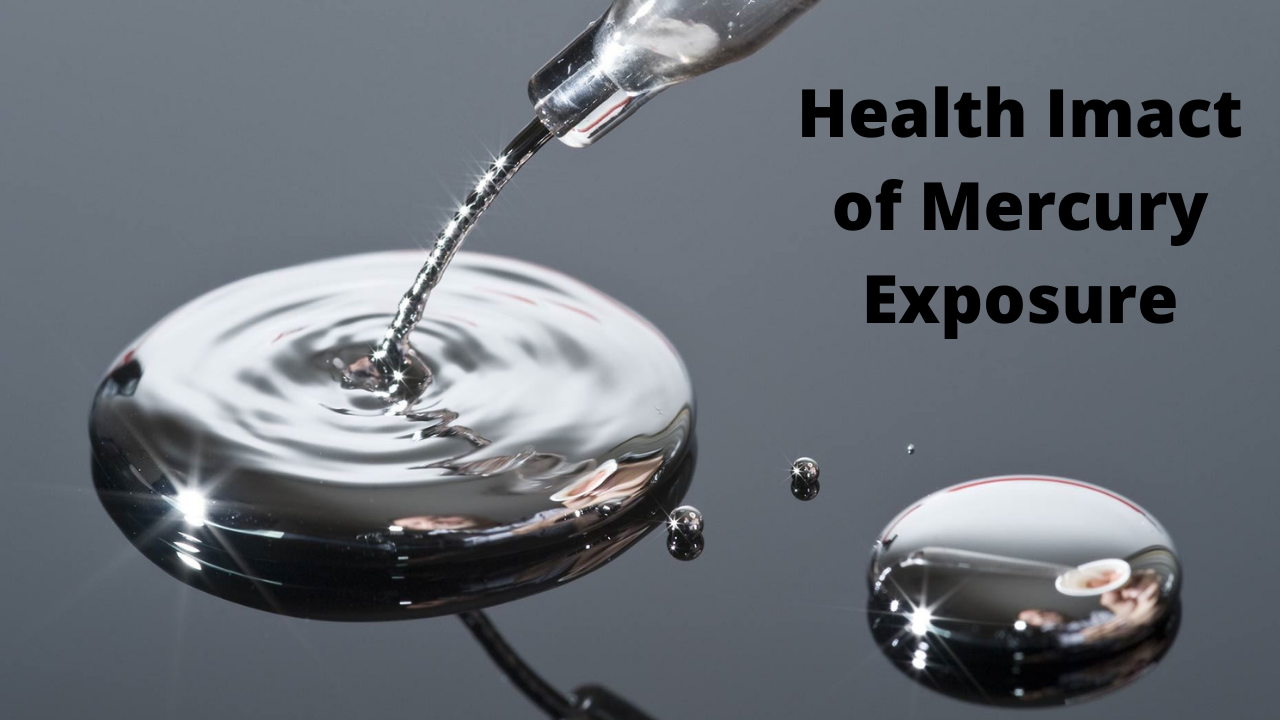Heavy metals are a group of elements that have a high density and are often toxic. They can be found in industry and environmental sources and can enter the body through inhalation, ingestion, or skin contact.
When it comes to heavy metals, one of the most dangerous is lead. Lead exposure can cause various health problems, from developmental delays to organ damage. And unfortunately, lead is still found in many homes and workplaces.
Table of Contents
The Dangers of Lead
Exposure to lead can cause developmental delays, learning difficulties, and behavioral problems in children. Lead exposure can also cause anemia, high blood pressure, and kidney damage in adults. In pregnant women, lead exposure can lead to miscarriage, premature birth, and low birth weight.
Lead is particularly dangerous because it can build up in your body over time. Even small amounts of lead exposure can add up and cause health problems. That’s why it’s crucial to avoid lead exposure as much as possible, especially if you’re pregnant or have young children.
If you think you or your family may have been exposed to lead, it’s essential to see a physician and get a blood test. Lead poisoning can be treated, but it’s best to avoid exposure in the first place.
Where Can You Find Lead?
Most people know that lead is a toxic heavy metal that can harm human health, but many are unaware of just how common lead exposure is. Lead can be found in a variety of common household items, as well as in the environment. This means that everyone is at risk for lead exposure, and it is vital to be aware of the sources of lead and how to avoid them.
One of the most common sources of lead exposure is lead-based paint. Lead-based paint was used in homes until it was banned in 1978. If your house was built prior to the banning in 1978, there is a good chance that it contains lead-based paint. The paint may be in good condition and not pose a risk, but if it is chipping or peeling, it can release lead dust into the air. This dust can be inhaled or ingested, and it can be a major source of lead exposure.
Another common source of lead exposure is lead pipes. Lead pipes were often used in homes until the early 1900s. If your home has lead pipes, they can leach lead into your water supply. This means that you could be exposed to lead every time you drink water from the tap. Having your water tested for lead is crucial if you suspect your pipes may be made of lead.
What to Do When Exposed to Lead
When it comes to lead, there is no such thing as being too careful. Even low levels of exposure can cause serious health problems, so it’s crucial to take the necessary steps to protect yourself if you think you’ve been exposed.
If you suspect you have been exposed to lead, the first thing you should do is seek medical attention. A simple blood test can tell you if you have elevated levels of lead in your body, and your doctor can advise you on how you should proceed based on your test results.
In the meantime, there are some things you can do to minimize the effects of lead exposure and protect your health. Be sure to drink plenty of fluids, as this will help flush lead out of your system. Avoid drinking alcohol, as it can increase the amount of lead absorbed by your body. And try to limit your exposure to other lead sources, such as dust and paint fumes.
Final Thoughts on Lead
Lead is a heavy metal that can have detrimental effects on the body, especially in children. It is vital to be aware of the sources of lead exposure and take steps to avoid it. If you think you or your child may have been exposed to lead, it is crucial to seek medical attention and get tested.
Get rid of heavy metals with the help of Zeolite For Detox. We harness the power of nature to unlock the human body, mind, and spirit’s truest potential. Our ingredients are curated carefully and precisely to benefit our community. Shop now!
Recent Posts
Revitalize your health with an innovative detox approach offered by Root Wellness. This powerful solution enhances wellness through natural ingredients like zeolite and silica, effectively cleansing...
Roots Clean Slate Erfahrungen Revitalize With Bioavailable Silicon
Revitalizing your health begins with a natural approach to removing harmful substances. Detoxification can pave the way for a more vibrant life through effective cleansing methods. Bioavailable...


